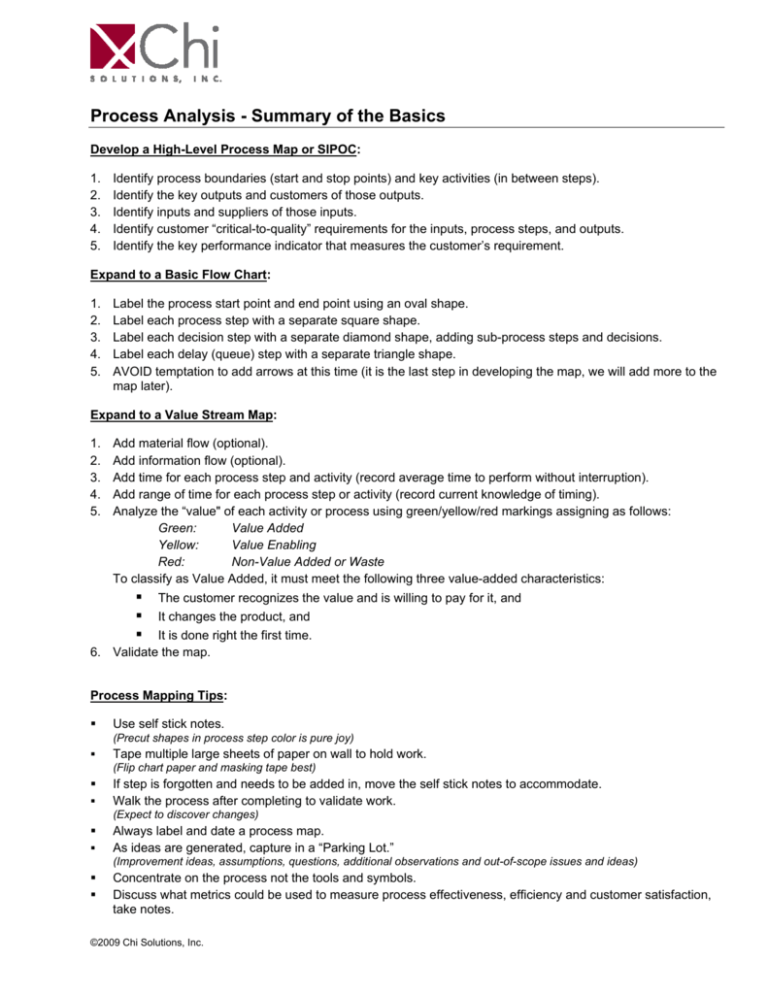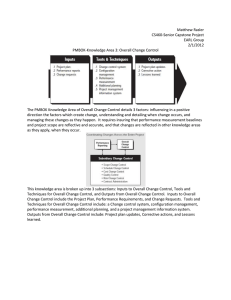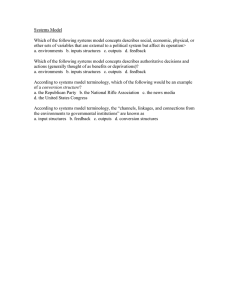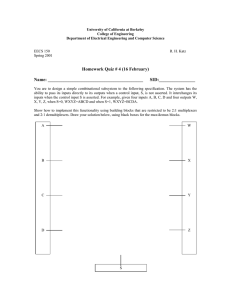Process Analysis - Summary of the Basics
advertisement

Process Analysis - Summary of the Basics Develop a High-Level Process Map or SIPOC: 1. 2. 3. 4. 5. Identify process boundaries (start and stop points) and key activities (in between steps). Identify the key outputs and customers of those outputs. Identify inputs and suppliers of those inputs. Identify customer “critical-to-quality” requirements for the inputs, process steps, and outputs. Identify the key performance indicator that measures the customer’s requirement. Expand to a Basic Flow Chart: 1. 2. 3. 4. 5. Label the process start point and end point using an oval shape. Label each process step with a separate square shape. Label each decision step with a separate diamond shape, adding sub-process steps and decisions. Label each delay (queue) step with a separate triangle shape. AVOID temptation to add arrows at this time (it is the last step in developing the map, we will add more to the map later). Expand to a Value Stream Map: 1. 2. 3. 4. 5. Add material flow (optional). Add information flow (optional). Add time for each process step and activity (record average time to perform without interruption). Add range of time for each process step or activity (record current knowledge of timing). Analyze the “value" of each activity or process using green/yellow/red markings assigning as follows: Green: Value Added Yellow: Value Enabling Red: Non-Value Added or Waste To classify as Value Added, it must meet the following three value-added characteristics: The customer recognizes the value and is willing to pay for it, and It changes the product, and It is done right the first time. 6. Validate the map. Process Mapping Tips: Use self stick notes. (Precut shapes in process step color is pure joy) Tape multiple large sheets of paper on wall to hold work. (Flip chart paper and masking tape best) If step is forgotten and needs to be added in, move the self stick notes to accommodate. Walk the process after completing to validate work. (Expect to discover changes) Always label and date a process map. As ideas are generated, capture in a “Parking Lot.” (Improvement ideas, assumptions, questions, additional observations and out-of-scope issues and ideas) Concentrate on the process not the tools and symbols. Discuss what metrics could be used to measure process effectiveness, efficiency and customer satisfaction, take notes. ©2009 Chi Solutions, Inc.





![[CH05] Estimasi Usaha dalam Proyek](http://s2.studylib.net/store/data/014618631_1-49924f60adc6d9c12ebc1ef87a169f34-300x300.png)





